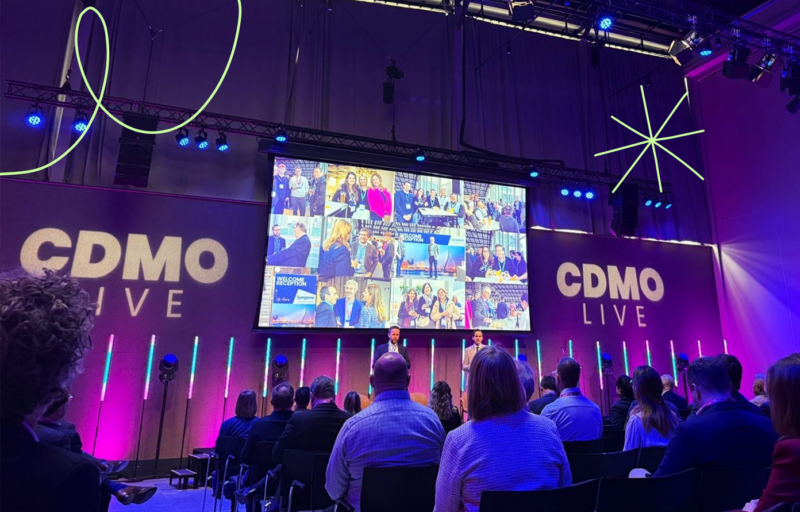blog:
Shining a light on diversity in life sciences

The year that changed the world.
As far as year’s go, 2020 will certainly go down in history as one that has stirred up almost every industry in every country of the world. In many ways it has felt like groundhog day, with conversations circling around lockdowns, face masks, vaccines and the occasional Tiger King reference. It has been an incredibly tough and sad year, with hardships being felt to varying levels by the majority of the population. But there are a few silver linings, one of which is that COVID-19 has truly shone a light on the issue of diversity in clinical trials. It has done so to such a degree, that the issue can no longer be ignored.
Diversity is never an easy conversation to have, but there is more momentum now than ever before. I recently joined a Drug Information Association (DIA) Diversity & Inclusion community meeting which brings together people from industry who are eager and able to tackle the issue of diversity and inclusion through two individual yet interwoven channels. The first initiative is to address people of colour being hired and promoted in life science roles, and the second is ensuring that people of colour are being appropriately represented in clinical trials. The interwoven nature of this may be subtle, by hiring people of colour into senior and/or influential positions, organisations are better placed to understand the needs and perceptions of underserved communities. By addressing fair representation of all demographics in clinical trials, the industry as a whole is able to bridge the trust gap, and show the wider population what value they personally could add to a role in the industry.
Focusing on the facts.
In order for people to pay attention and take genuine interest in making a change, they usually need to hear the facts, something that will resonate with them and make them question what they thought they knew. We are now seeing more and more literature coming out discussing statistics around underrepresentation of certain races in clinical trials; this is both saddening and powerful at the same time. Clinical trial data needs to reflect the demographics of the populations that the drugs will be used by. The second channel is even more complex though, as it needs to be addressed from both sides of the field, firstly, how organisations approach diversity and inclusion in clinical trials, through all functional areas, but also, how do we repair the mistrust of the pharmaceutical industry? How do we encourage underserved populations to step forwards and be a part of this? It is easier said than done, when we consider the historical misdeeds that have cast a long, dark shadow over the history of ethics in clinical trials.
But regardless of this, we need to address it, and we need to do so intentionally. These can no longer be the times of recruiting patients as quickly as possible; fair representation of anticipated patient populations is moving to the forefront of both clinical trial design and regulatory approvals. As Adam Federman, Head of Business Development at Remarque Systems, rightly stated, “if you do not intentionally include, you will unintentionally exclude”.
| If you do not intentionally include, you will unintentionally exclude.
The DIA Diversity & Inclusion team is working to produce a playbook in order to observe best practices and work collaboratively with others who are determined to make a difference. As Pamela Landau, SVP, Integrated Solutions at Continuum Clinical, eloquently stated during the community meeting when recognising the importance of a playbook approach, “we have the will, we just need a way.”
A time for change.
This isn’t a time for pointing fingers, it’s a time for organisations and individuals to have a period of reflection and to consider what they didn’t get right and what they could do better. Transparency and accountability is a major piece in holding meaningful conversations and actually making a change. It’s not just about taking an interest in the parts that you identify with, it’s about tackling diversity. Period.
Whether you’re looking for a commercial partner or curious about our business, this could be the start of a beautiful relationship.
Let’s formulate something remarkable, together.
Related news, insight and opinion




